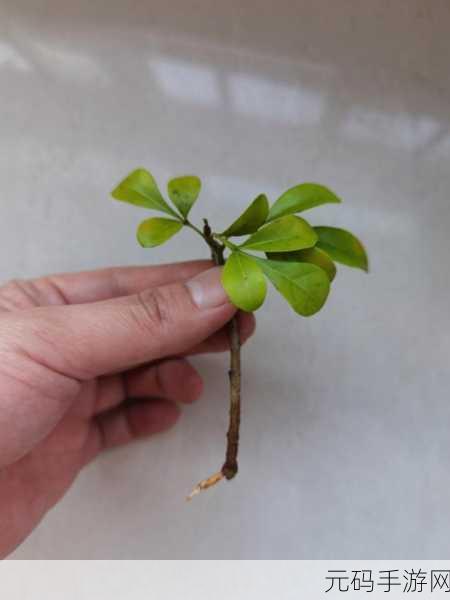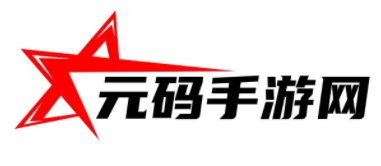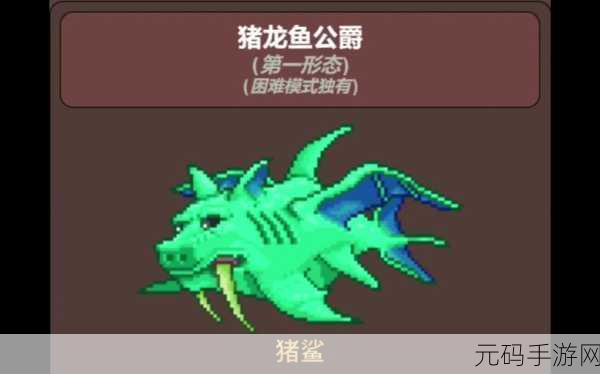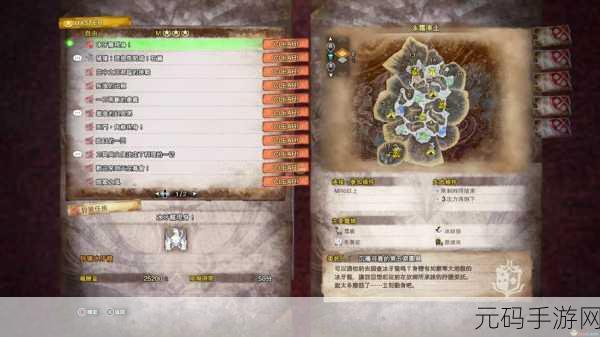日本72种扦插方式:1. 日本传统扦插技艺的72种创新应用探索
日本72种扦插方式的魅力
扦插作为一种古老而有效的繁殖植物的方法,在园艺爱好者和专业农民中广泛应用。日本有着丰富多样的扦插技术,形成了独特且系统化的“72种扦插方式”。这些方法不仅适用于传统作物,还能成功地推广到各种观赏性植物中。这些技艺之所以受到重视,源于它们对提高成活率、缩短生长期及增加产量方面的重要影响。
基础知识:什么是扦插?
简单来说,扦插是一种通过取下植物的一部分(如茎、叶或根)并将其埋入土壤中使其发芽的新植株繁殖方法。此过程依赖于植物体内含有的不定根能力,这一能力在某些品种间表现得尤为突出。在许多情况下,相较于播种而言,使用这种方法可以更快获得新植株,从而满足市场需求与个人喜好。

常见类型及技巧
对于希望掌握这项技能的人群,日本的72种主要分为几大类,包括茎部切割法、叶片切割法和根部切割法等。其中,每一种都有自己的特点和适用范围。例如,对于肉质多汁的小型绿植,如仙人掌,可以采用简易的茎段切割;相反,高大的乔木则可能需要复杂一些的接枝技巧来确保成功。
1. 茎段剪接:
This type of cutting involves taking a healthy stem section and placing it in the soil at an angle, ensuring that at least one node remains buried to promote root development. Temperature control is critical during this phase.
2. 叶尖砍伐:
Suitable for succulents or certain herbaceous plants, leaf cuttings involve simply removing a mature leaf and positioning it on moist soil, allowing roots to emerge over time.
环境条件的重要性
The success rate of any cutting method heavily depends on environmental factors such as humidity, light exposure, and temperature levels. Japanese techniques often recommend using transparent covers or greenhouses initially for optimal growth conditions while preventing excess moisture loss.
POT材料选择以及管理措施
POT或容器材质也会直接影响水分保持和氧气流通,因此选用合适透气性的花盆至关重要。此外,各个阶段还需根据不同植物进行合理施肥,从清淡营养液到浓稠土壤,全方位提升成长潜力都是值得注意的问题。
文化背景与传承价值
Taking into account Japan's rich horticultural traditions, these methods have been passed down through generations with specific rituals surrounding them—such as seasonal planting festivals which celebrate not only cultivation but also appreciation for nature’s beauty.
如何借鉴这些技术?
If you wish to incorporate these sophisticated practices into your gardening routine but feel overwhelmed by their complexity consider starting small; perhaps select just two or three varieties suited to your local climate then gradually expand from there based upon observed results!
# 扦插技巧防护 # 日本园艺艺术 # 植物繁育科学








